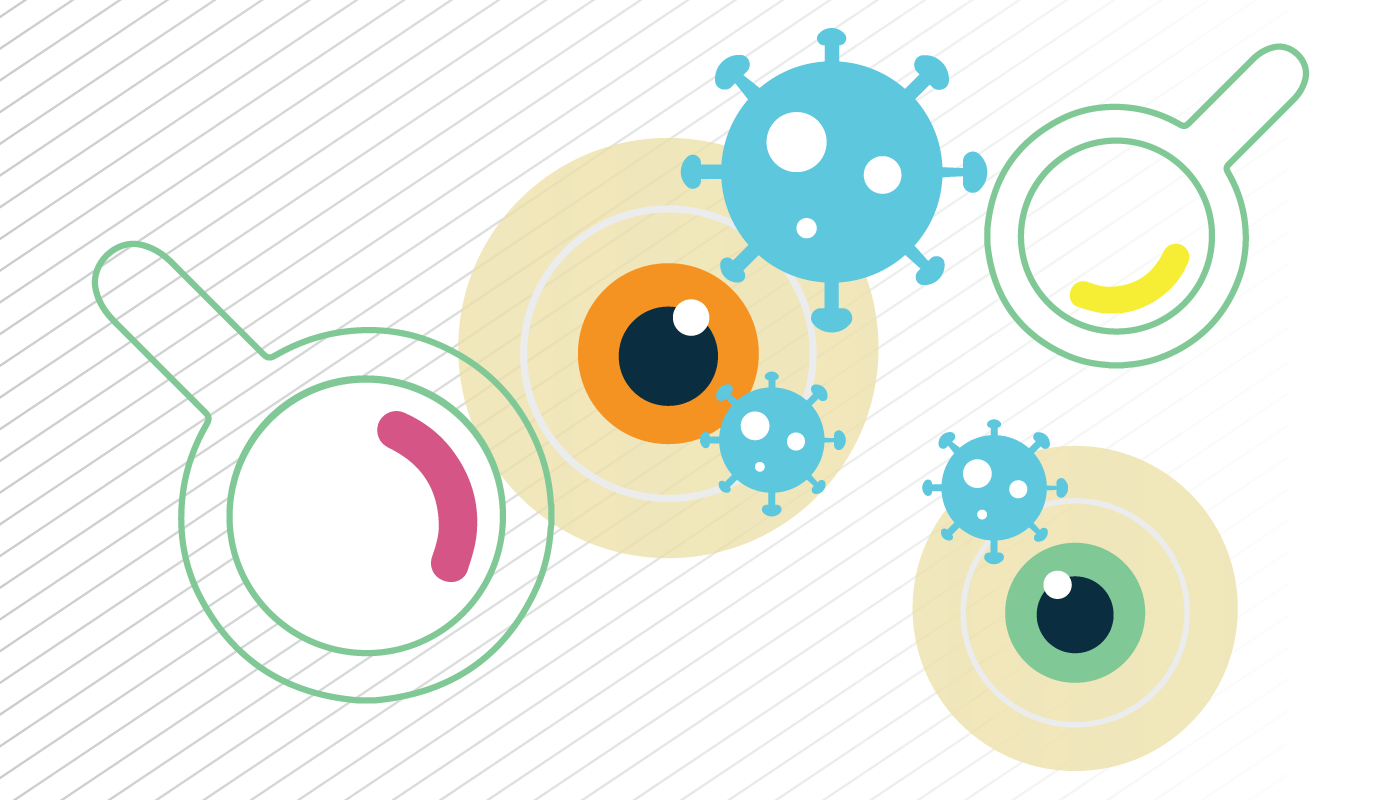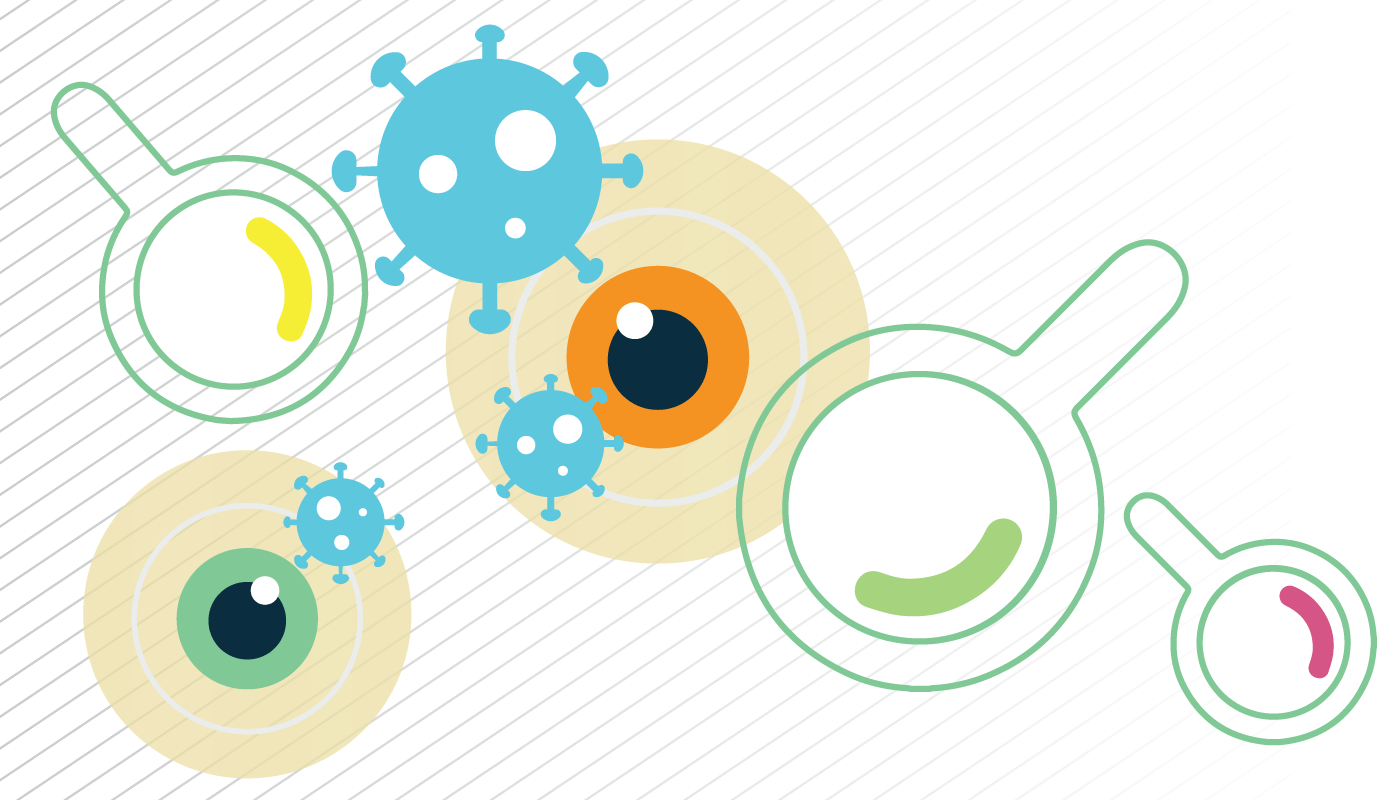
One of the concerns during the COVID-19 pandemic has been the longer lasting effects of the disease – also known as “long COVID” – affecting at least 10 percent of those infected (1). Whereas immediate concerns center on the respiratory tract, there have been examples of longer-lasting neurological manifestations (2). But how does the virus affect the eyes – and how can these windows to the central nervous system help identify and monitor long COVID?
Using corneal confocal microscopy (CCM), researchers have identified that long COVID patients exhibit both corneal nerve fiber loss and increased surrounding dendritic cells (3). Lead researcher Rayaz Malik, Professor of Medicine at Weill Cornell Medicine – Qatar and Consultant at the UK’s Manchester Royal Eye Hospital, explains how this finding could help diagnose the condition. “Currently, there is no rapid objective test to quantify underlying pathology, but CCM could be used to objectively identify people with and without long COVID.” Malik highlights that identification and tracking of long COVID is difficult: “It is currently ill-defined, with UK guidelines suggesting that any of over 29 nebulous symptoms may be present.”
The damage that long COVID causes to the corneal nerve fiber layer presents an opportunity to understand the disease pathology better, as Malik explains, “The presence of increased dendritic cells suggests an immune etiology for long COVID.” This improved understanding creates scope for developing therapeutics. “Targeting small nerve fiber regeneration may be a therapeutic target for long COVID,” says Malik. “This paves the way for therapies that reduce immune response and regenerate nerves.”
The next steps for building on these findings are clear. “We intend to expand the numbers of patients and introduce follow up assessments of long COVID evolution to see if there is recovery and to assess the effectiveness of available therapies,” says Malik. So will an eye test become standard aftercare for long COVID, and will it lead to treatments for the condition’s neurological effects? That remains to be seen – but Malik and his team are optimistic.

References
- T Greenhalgh et al., BMJ, 370, m3026 (2020). PMID: 32784198.
- CH Sudre et al., Nat Med, 27, 626 (2021). PMID: 33692530.
- G Bitirgen et al., Br J Ophthalmol, 319450 (2021). PMID: 34312122.
